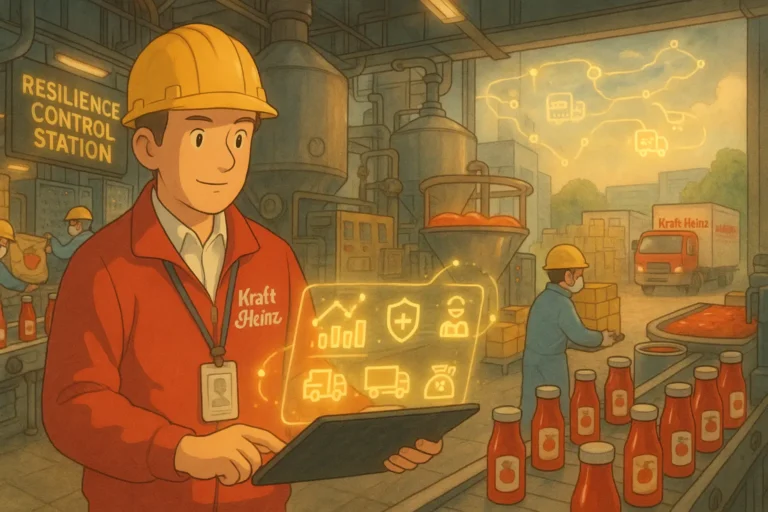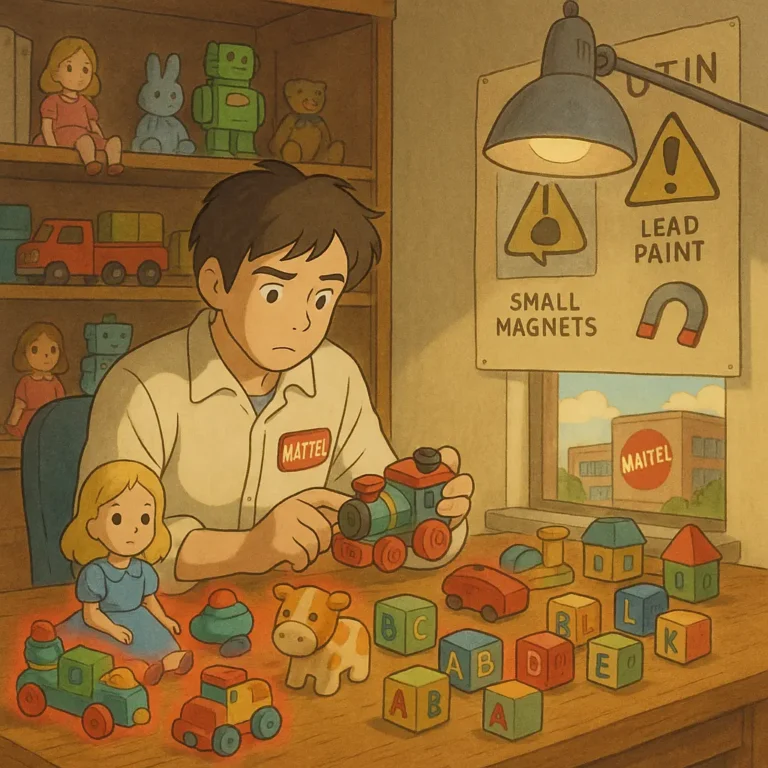
Demand forecasting helps businesses and supply chains plan their operations to serve their customers better, but what happens when demand forecasting data is inaccurate?
“When demand forecast, miss the mark, its a plot twist supply chains did not see coming”
Short answer: It spells a world of trouble for the supply chain.
However, it’s not the end of the world. In this article, we examine how you can handle and overcome inaccurate demand forecasts.
But first………..
What is Demand Forecasting?
Forecasting is the process or system of predicting your customer’s demand in the near future. The concept relies on a wide range of data, mostly historical, to determine better or guess the customer’s character.
With demand forecasting, your supply chain can better plan and optimize its operations to serve the customers better while optimizing its resources. It provides data that allows for informed decision-making.
Causes of Inaccurate Demand Forecasting in Supply Chains
There are four main causes of inaccurate demand forecasting.
1. Poor Data
This is probably the major cause of inaccurate demand forecasts in your supply chain. Poor data for demand forecasting is usually due to poor communication or lack of adequate data collection parameters.
Poor data effectively renders the forecasting system useless to your supply chain, which can cause poor resource management.
2. Unseen Disruptions
Life can happen to your supply chains. In the case of natural disasters or unseen incidents like the COVID-19 scenario, you can expect to throw your demand forecasts out the window. We saw a clear example of this during the recent pandemic, which saw massive fluctuations in demand.
3. Unrealistic Expectations
Supply chains and their businesses often tend to set unrealistic expectations, especially when there is no infrastructure for demand forecasting. This may cause the business to overestimate customer demand, which can cause serious problems for that supply chain.
4. Biases
Business owners and supply chain managers allow their biases and feelings about the product to play a role. This makes them overlook the demand forecast data. Sometimes, gut instinct wins, but it could be devastating when it fails.
Biases usually occur when there is overexcitement or under-excitement about the product.
Consequences of Inaccurate Demand Forecasting in Supply Chains
Inaccurate demand forecasting impacts the supply chain negatively. We will review some of them in this section of the article.
1. Unstable Inventory
When your demand forecast is inaccurate, it leads to unstable inventory. Too much inventory for too few demands or too few inventory for too many demands. This is not good for your supply chain because it causes you to lose money or fail to meet customer’s expectations.
Unstable inventory always leaves the supply chain in a bad situation, adding unnecessary stress to the system.
2. Poor Customer Satisfaction
Poor customer satisfaction stems from a failure to meet customer’s expectations. When demand exceeds forecasts, customers are not too happy, which could lead to future revenue loss. It’s no secret that when customers are disgruntled, they find alternatives.
3. High Cost
When an inaccurate demand forecast results in too much inventory for high demands, supply chains lose money trying to meet these demands. Suppliers could take advantage if the inventory is too low and the business needs a restock to meet demand.
This is especially true when the request is urgent and outside their operation window, as stipulated in the contract.
Supply chains also lose money when there is too much inventory because of potential loss or the high cost of holding inventory for an extended time period.
4. Poor Operations Management
Poor forecast tends to put the supply chain operations in a spiral. Whether from too little or too much inventory, supply chains will overwork to ensure no waste, which could lead to rowdy or poor operations management.
How to Overcome or Handle Inaccurate Demand Forecasting in Your Supply Chain
Although inaccurate demand forecasts can be devastating to your supply chain, there are ways you can mitigate it.
1. Employ the Stochastic Analysis
With stochastic analysis, you are trying to achieve two things. Avoid ordering too much or too little inventory.
This is the process of assessing future events by considering several possible outcomes. It does not intend to depict a specific picture of the future but presents various possible future events. As a result, analysts can see a variety of potential future scenarios and determine the best inventory.
The way you approach this is through a simulation. Begin with a standard distribution curve, then generate 1,000 or 10,000 demand estimates from it and calculate profit and loss for each one. You can better understand the best inventory quantity by averaging this across the range of demand predictions with constrained inventory.
Stochastic analysis does not use a discrete forecast (anticipated values) based on historical data, observations, and assumptions. Instead, it considers various potential changes and the chance of occurrence that could alter future results.
2. Employ Historical Data
Historical data comes in handy when you don’t know what to do. You can find and analyze historical periods of similar periods from the past.
For instance, if you are into cosmetics, dry seasons are usually a time for higher demands. This means you can use data from similar time periods to project current demands. To do this effectively, factor in the same parameters in the periods you source data from.
Historical data is safe and much less complex when estimating demand forecasts in supply chains. However, there is a risk. In many cases, it may not be as accurate, especially if the former parameters are not in place.
3. Improve Communications
Failed communication is a big reason for poor data, which leads to inaccurate demand forecasting. Communication aids supply chain visibility, which includes the customer’s demand.
Costs rise when a lack of visibility or access to demand is shared along the supply chain. Encourage knowledge exchange among your trading partners by serving as a catalyst and a good example.
When actual demand continuously fluctuates, good communication between departments will also help enhance the quality of your forecasts.
4. Invest in Technology
Traditional forecasting methods are cumbersome and tend to cause errors, which can result in poor demand forecasting. To combat this, you can invest in demand forecasting and planning systems to help you accurately collect and calculate demand data.
Technology also allows you to automate the process, which goes a long way to simplify and speed up the process. This speed can often result in real-time analysis, which Zara’s supply chain takes advantage of.
FAQs on Inaccurate Demand Forecasting in Supply Chains
Q1: Are certain businesses or goods especially susceptible to erroneous demand forecasting?
Ans: Because of their inherent uncertainty, industries with highly seasonal or fashion-driven products, as well as those with quickly expanding technology, are often more prone to erroneous forecasting.
Q2: How important is teamwork in enhancing demand forecasting accuracy?
Ans: Collaboration across different divisions within a company and between supply chain partners can result in improved data exchange, more accurate forecasts, and a better grasp of market dynamics.
Q3: How can firms remain competitive in the face of demand forecasting challenges?
To remain competitive in volatile markets, businesses can implement a flexible and adaptive supply chain strategy, invest in technology and analytics, continuously improve forecasting procedures, and emphasize customer feedback and market data.
Conclusion
Inaccurate demand forecasting can devastate supply chains, causing a chain reaction of problems that influence inventory stability, consumer satisfaction, costs, and overall operations. Many supply chain experts experience this difficulty, but it is not insurmountable.
This study analyzed the underlying reasons and implications of faulty demand forecasting, illumining its enormous impact on supply chains. The quest, however, does not end with recognizing the problem; it continues with seeking answers.

Obinabo Tochukwu Tabansi is a supply chain digital writer (Content writer & Ghostwriter) helping professionals and business owners across Africa learn from real-world supply chain wins and setbacks and apply proven strategies to their own operations. He also crafts social content for logistics and supply chain companies, turning their solutions and insights into engaging posts that drive visibility and trust.








